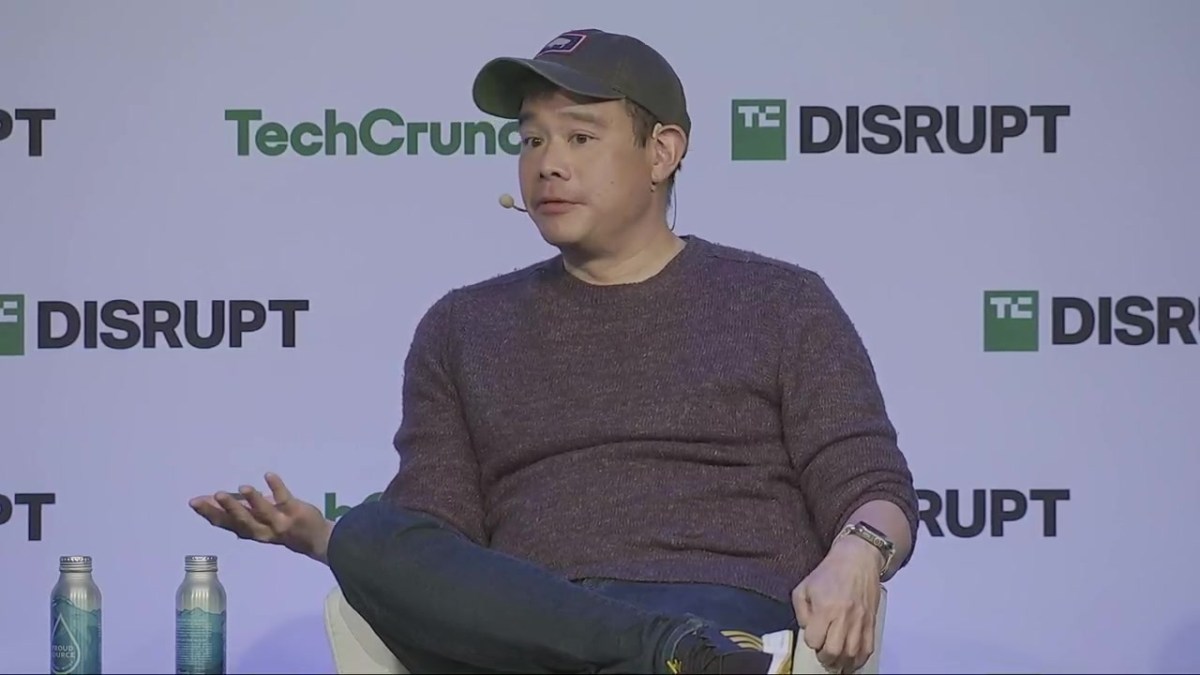AI startups will need ‘prime quality of revenue’ to spice up in 2025, seed VCs warn
[ad_1]
Fundraising in 2025 will proceed to be a “story of two cities,” VC Renata Quintini, co-founder of early-stage VC Renegade Companions, talked about onstage at TechCrunch Disrupt closing week.
“Some firms, truly having the promise of going after giant markets rising fast, [will be] receiving loads of funding and momentum.” Nevertheless on the alternative side, the “firms that need to assemble precise corporations and setting pleasant corporations” will wrestle to spice up cash, Quintini warned.
She’s referring to the tight fundraising market that startups have confronted throughout the interval of higher charges of curiosity. In 2023, some 3,200 startups died after they merely raised money all through the get collectively cases of 2021. In 2024, VCs stampeded in direction of funding AI firms, and plenty of completely different early-stage startups struggled to spice up and further deaths occurred. Fintech was notably brutal in 2024.
As 2025 arrives, the perfect likelihood of getting enterprise funding shall be to have steady enterprise fundamentals. (Till you’re, say, a world-renowned AI scientist.) That means selling a providers or merchandise at a worthwhile price degree that serves a big purchaser base.
Nevertheless wait! There shall be additional to it than merely landing paying prospects, VC Corinne Riley, affiliate at Greylock warned onstage.
“There isn’t any such factor as a set milestone” of product sales or progress that may flip VCs’ heads subsequent 12 months, Riley says. “There isn’t any such factor as a key amount that within the occasion you acquire it you’re going to spice up a worthwhile Assortment A. What we’re looking out for is unquestionably the usual of the ARR [annual recurring revenue], and by no means the quantity of ARR.”
In numerous phrases, are prospects sticking spherical as quickly as they’re on board? Have they got an inclination to increase their spending with the startup over time? The startup might even have fewer prospects than opponents, and fewer revenue, however when the patrons it indicators preserve, patrons will write checks.
“We’re looking out for a top quality purchaser base that you simply simply’re going to have the power to repeat over and many times after getting additional capital,” Riley says.
“That’s what VCs indicate after they talk about ‘it’s advisable to assemble moat,’” VC Elizabeth Yin, co-founder of Hustle Fund, talked about onstage. That’s a method to explain how one can lock in prospects so that they acquired’t choose to depart. “The additional distinctive points that you’ll be able to do this completely different people can’t do, the additional that helps you.”
Riley offered for instance a Greylock portfolio agency generally known as Braintrust, which helps builders assemble and contemplate the effectivity of their AI apps. Greylock was glad to information its $5 million seed deal because of the founder, Ankur Goyal, landed early prospects who’ve been “type makers throughout the commerce.” He had Zapier, Coda, Airtable, and Instacart as prospects, “these which were on the forefront of developing merchandise with AI,” she described.
Successfully-connected marquee prospects, should they be happy with the offering, herald completely different such prospects, and so the cycle goes. Braintrust has gone on to land completely different recognized tech names like Stripe and Notion, it says. And in October, Andreessen Horowitz’s Martin Casado led a $36 million Assortment A, with Greylock collaborating.
Such “prime quality of shoppers” has on a regular basis mattered to patrons — that’s why naming prospects is critical. Nevertheless in 2025, after the AI gold rush, that metric will develop to be far more essential because of numerous the revenue that so many AI startups have reeled in will rework one-time-only revenue.
In a single different panel at Disrupt, one on bouncing once more after a down spherical, VC Elliott Robinson, a affiliate with Bessemer Enterprise Companions, described the state of affairs. Firstly of 2024, the boards of virtually every huge agency bit their nails over AI and allotted fat exploratory budgets to their CIOs to go buy merchandise and uncover.
“Now we’ve kind of lived by the use of 18 and 24 months of buying AI stuff, and the place we’ve seen firms go from zero to 4 [million dollars in revenue] and 4 to twenty [million],” he talked about. “The question now’s, what’s going to be renewed? Because of the CIO funds is starting to dry up.”
CIOs will solely proceed to buy stuff that has measurably made a distinction. So all that revenue, and all these prospects for due to this fact many AI startups — and doubtlessly these in AI-adjacent areas, like software program monitoring — does not indicate {{that a}} particular startup is an efficient guess for the long term.
Or, as Quintini describes, “On the end of the day, what you’re attempting to do is, one, assemble one factor that compounds. Then amount two, you’re each going to be in a enterprise that you simply simply run faster than the alternative people, in any other case you do one factor that completely different people cannot replicate.”
[ad_2]
Provide hyperlink














Post Comment